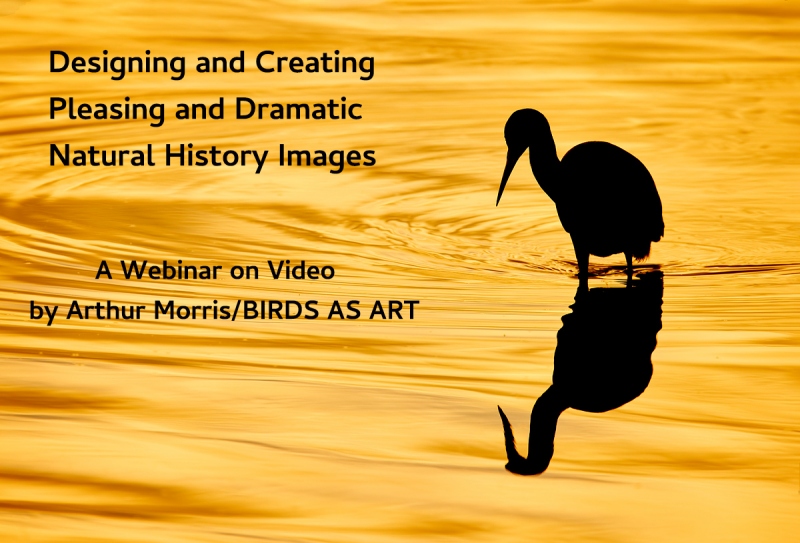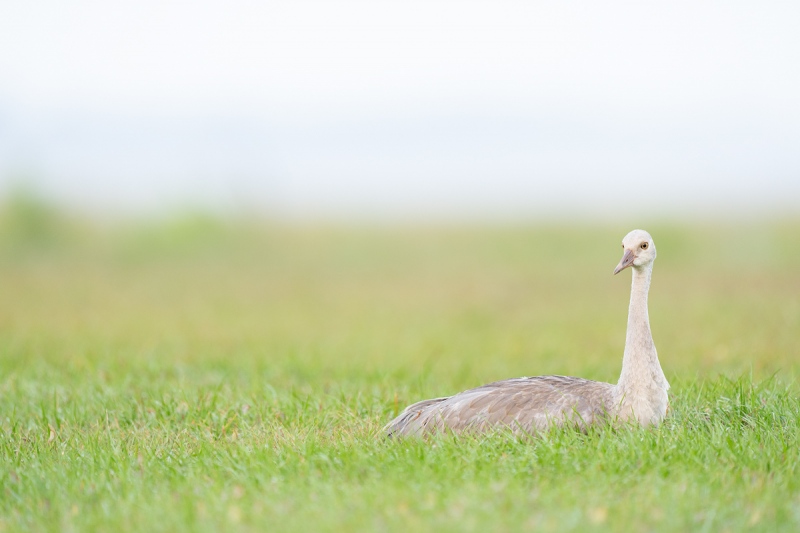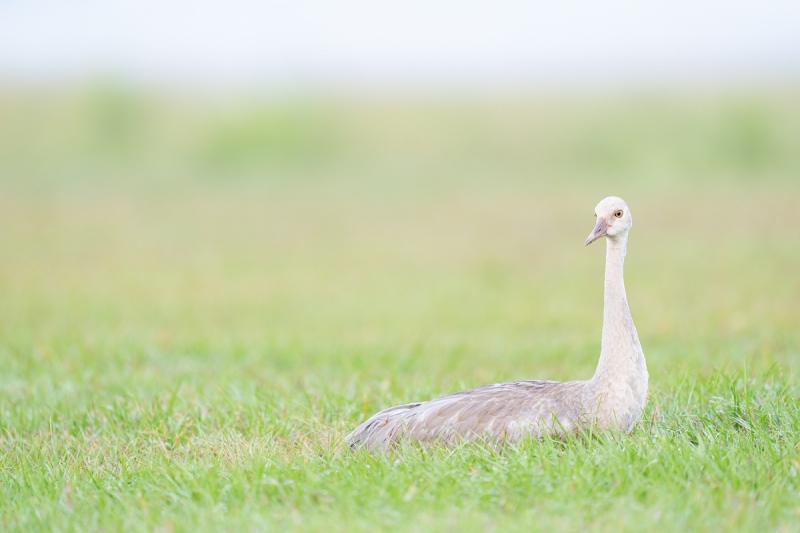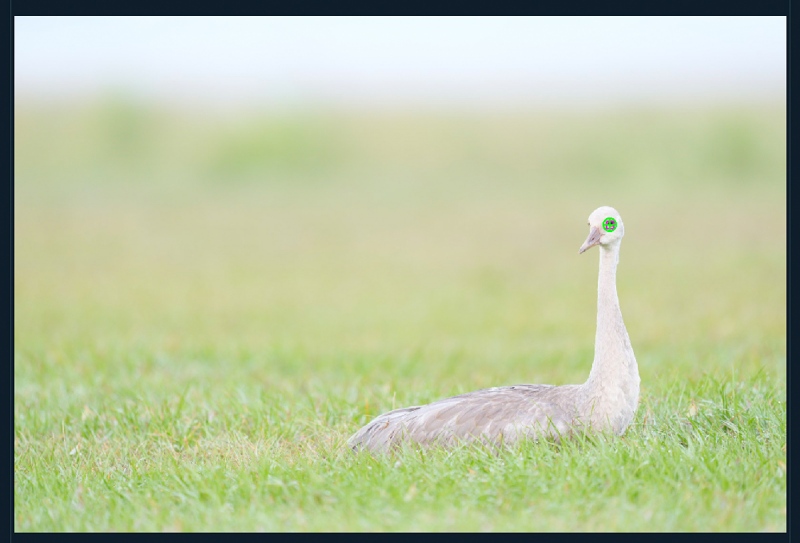What’s Up?
On Thursday morning I stayed in to finish yesterday’s blog post while Anita went down to the lake. Again, she came back with some fine images. I ran some errands in town, had a great swim, and answered lots of e-mails. Thanks to the many who purchased the video webinar on day one.
Today is Friday 7 May 2021. The forecast is for clear with a gentle breeze from the north/northwest. We will probably head down to the lake early to see what’s up. Wherever you are, and whatever you are doing, I hope that you have a great day.
This blog post took less than an hour to prepare, and makes 134 consecutive days with a new one. Please remember that if an item — a Delkin flash card, or a tripod head, for example, that is available from B&H and/or Bedfords and is also available in the BAA Online Store, it would be great if you opt to purchase from us. We will match any price. Please remember also to use my B&H affiliate links or to save 3% at Bedfords by using the BIRDSASART discount code at checkout. Doing either often earns you free guides and/or discounts. And always earns my great appreciation.
Please Remember
With income from IPTs greatly reduced, please, if you enjoy and learn from the blog, remember to use one of my two affiliate programs when purchasing new gear. Doing so just might make it possible for me to avoid having to try to get a job as a Walmart greeter and will not cost you a single penny more. And if you use Bedfords and remember to enter the BIRDSASART code at checkout, you will save 3% on every order and enjoy free second-day air shipping. In these crazy times — I am out at least forty to sixty thousand dollars so far due to COVID 19 (with lots more to come) — remembering to use my B&H link or to shop at Bedfords will help me out a ton and be greatly appreciated. Overseas folks who cannot order from the US because of import fees, duties, and taxes, are invited to help out by clicking here to leave a blog thank you gift if they see fit.
New and Better Bedfords Discount Policy!
You can now save 3% on all of your Bedfords photo gear purchases by entering the BIRDSASART coupon code at checkout. Your discount will be applied to your pre-tax total. In addition, by using the code you will get 2nd day air shipping via Fed Ex.
Grab a Nikon AF-S Teleconverter TC-14E III and save $14.99. Purchase a Canon EOS R5 and your discount will be $116.97. Purchase a Sony FE 600mm f/4 GM OSS lens and save a remarkable $389.94! Your Bedford’s purchase no longer needs to be greater than $1,000.00 for you to receive a discount. The more you spend, the more you save.
Money Saving Reminder
Many have learned that if you need a hot photo item that is out of stock at B&H and would enjoy free second-day air shipping, your best bet is to click here, place an order with Bedfords, and enter the coupon code BIRDSASART at checkout. If an item is out of stock, contact Steve Elkins via e-mail or on his cell phone at (479) 381-2592 (Central time). Be sure to mention the BIRDSASART coupon code and use it for your online order to save 3% and enjoy free 2nd-day air shipping. Steve has been great at getting folks the hot items that are out of stock at B&H and everywhere else. The wait lists at the big stores can be a year or longer for the hard to get items. Steve will surely get you your gear long before that. For the past year, he has been helping BAA Blog folks get their hands on items like the SONY a9 ii, the SONY 200-600 G OSS lens, the Canon EOS R5, the Canon RF 100-500mm lens, and the Nikon 500mm PF. Steve is personable, helpful, and eager to please.


Gear Questions and Advice
Too many folks attending BAA IPTs (remember those?) and dozens of photographers whom I see in the field and on BPN, are–out of ignorance–using the wrong gear especially when it comes to tripods and more especially, tripod heads… Please know that I am always glad to answer your gear questions via e-mail
|
|
Designing and Creating Pleasing and Dramatic Natural History Images |
Designing and Creating Pleasing and Dramatic Natural History Images
A Video Webinar
In this 1 hour 28 minute plus video you will learn and be inspired. We cover everything from the very basics to the fine points. After a brief bio, the topics include Behavior, Action, Diagonal Lines, and the Cuteness Factor; Birds in Flight — The Holy Grail of Bird Photography; Mis-Framing!; Basic Image Design/HORIZONTALS: Get the subject out of the center of the frame. Basic Image Design/VERTICALS: The center of the frame is generally fine; The Importance of BACKGROUND; Isolating the Subject; Other Elements of Composition; On Getting Low; Going Wide for Bird-scapes; Super-tight!; Working in Sunny Conditions; Working in Cloudy Conditions; Working in Foggy Conditions; Working in the Shade; Working in Bad Weather; Creating Back-lit Images; Creating Silhouettes; and Creating Pleasing Blurs.
Each segment of the program consists of an average of about 15 images that will drive home the points being made, educate you, and inspire. The instructions and advice, given clearly and concisely, are based on my near-38 years of experience photographing birds with telephoto and super-telephoto lenses. And on several decades of creating educational blog posts.
This presentation is based on the webinar that I did for the South Shore Camera Club in April. Below are comments from two of the folks who viewed the webinar the night before the DeSoto IPT began.
You can order your copy of Designing and Creating Pleasing and Dramatic Natural History Images/A Video Webinar by clicking here or by calling Jim with your credit card in hand at 863-692-0906.
Anita North
Though I have been inspired by and learned from you for several years, doing the webinar the night before the IPT began was particularly noteworthy. I should watch it or create and study a cheat-sheet based on it before every shoot. In the video you cover all the bases: assessing the location, the weather, the light, the wind direction, and the sun angle. You talked about finding good opportunities, isolating the subject, composing the image, getting low or high, seeing the background, leaving an unproductive location trying somewhere else, and lots more. Photographing birds at the beach is a big challenge on all accounts and doing the session the night before was terrific and helpful. I was attentive and focused on what I needed to do. The webinar reminded me of the walk-around check-list that pilots are trained to do before they fly.
Donna Bourdon
Doing the webinar as the introductory program for the DeSoto IPT was a stroke of brilliance. When we headed out each of the next four days, I was inspired and felt completely prepared. Your instructional style is always easy to relate to, especially as you describe the attention to detail in each of the photographs that you shared in the webinar. You reminded us of the importance of getting low, of paying attention to the image design, particularly at the bottom of the frame, and to trust the focus tracking. These instructions improved my images a thousand-fold. I always avoided getting low because I don’t like sand all over me and my camera. But because of the inspiring images and your comments during the webinar, I decided to challenge myself. As is usual, you were right. What a difference it made to be at or near eye level with our subjects rather than be shooting down on a beautiful bird. I also started trusting the focus tracking on the Canon R5 and wasn’t disappointed; thanks again for helping me set it up correctly. It tracked perfectly and I was able to set up pleasing compositions in camera instead of during post-processing. Thank you Artie for always encouraging me to be my best.
|
|
|
This image was created on 1 May 2021 down by the lake at ILE. I used the Induro GIT 304L/Levered-clamp FlexShooter Pro-mounted Sony FE 600mm f/4 GM OSS lens and The One, the Sony Alpha 1 Mirrorless digital camera. ISO 1000. Exposure determined via Zebras with ISO on the rear dial: 1/200 sec. at f/4 (wide open) in Manual mode. AWB at 7:05:16am on a heavily overcast morning. Wide/AF-C was active at the moment of exposure and performed perfectly. Click on the image to see a larger version. Image #1: Sandhill Crane colt lying down |
Lying Down on the Job
Cranes do not spend a lot of time lying down in the grass. So when I see one lying down, I strive to make a few good images before they stand back up. For Image #1 I set up the tripod very close to the canal, the lowest spot available, just a few inches above the point where I would have been right on the bird’s level. But …
|
|
|
This image was created on 1 May 2021, 34 seconds after Image #1, both down by the lake at ILE. I used the Induro GIT 304L/Levered-clamp FlexShooter Pro-mounted Sony FE 600mm f/4 GM OSS lens and The One, the Sony Alpha 1 Mirrorless digital camera. ISO 1000. Exposure determined via Zebras with ISO on the rear dial: 1/160 sec. at f/4 (wide open) in Manual mode. AWB at 7:05:50am on a heavily overcast morning. Wide/AF-C was active at the moment of exposure and performed perfectly. Click on the image to see a larger version. Image #2: Sandhill Crane colt lying down |
Think and Work Fast!
Wanting to try a different perspective before the young crane stood up, I moved up the slope a bit and re-leveled the rig via the Levered-clamp FlexShooter Pro. Thirty-four seconds after I made the first image I made this one. In bird and nature photography, being totally familiar with your gear allows you to move and make changes quickly. Even a second or two can mean the difference between getting the shot and missing it. Note also that I added 1/3 stop to the exposure, and because I had moved a bit closer to the subject, the bird in Image #2 was larger in the frame.
Your Call
Compare the two images. Which is the stronger one? Why? Is lower always better?
|
|
Image #2A: AF Point for the Sandhill Crane colt lying down image |
When I Said “Worked Perfectly …”
When I said worked perfectly, I was not kidding. A new a1 costs $6498.00 plus the cost of two very expensive Sony CFexpress Type A TOUGH Memory Cards. Folks who used a link to purchase their A1s receive free membership in the SONY Alpha a1 Set-up and Info Group. The cost is $150.00 for those who did not. It baffles me that folks who have spent almost $7,000 on their camera body, are unwilling to spend 2% of the purchase price to learn how to best use their cameras …
Sony Alpha a1 AF
The performance of the Sony Alpha a1 AF system at any focal length (when the a1 is set up properly as detailed in the in e-mails to the Sony Alpha a1 Info & Updates group), continues to amaze me. Early on, there was lots of discussion within the group with many preferring multiple back button approaches. For me a simple shutter button approach with the right AF settings that yield 99% sharp-on-the-eye images is best. By far. It is super-simple and mega-effective. In the next SONY Alpha a1 Set-up and Info Group e-mail, I will be sharing what I have learned as to when and it what situations it is best to abandon Zone. We have already learned to limit the AF Area choices and to switch AF Areas quickly and conveniently. The default method of switching AF points with the C2 button is both slow and cumbersome.
SONY Alpha a1 Set-up and Info Group
The SONY Alpha a1 Set-up and Info Group is going great guns as folks chime in with thoughtful questions and experience-based advice. We are now up to an astounding 41 folks. Early on, we discussed the myriad AF options. I gave my opinion as to the best one for flight and general bird photography. More recently, we have been in contact with folks at SONY sharing our thoughts, experiences, and frustrations with the EVF blackout problem.
All who purchased their Alpha a1 bodies via a BAA affiliate link will receive a free subscription to the Sony Alpha a1 Set-Up and Info Updates after shooting me their receipts via e-mail. (Note: it may take me several days to confirm B&H orders.) This same service may be purchased by anyone with an a1 body via a $150.00 PayPal sent to birdsasart@verizon.net indicating payment for Alpha a1 Info Updates. Alternatively, they can call Jim weekday afternoons at 1-863-692-0906 to pay via credit card. New members will receive composite e-mails that summarize all previous discussions.
Typos
With all blog posts, feel free to e-mail or to leave a comment regarding any typos or errors.



















#2 for me also for the same reason many others said–having the horizon line farther above the bird’s head. Which means that lower is not “always” better.
My preference is #2 because the horizon line is well clear of the colt’s head.
Another vote here for #2 with appreciation for the soft light.
I prefer image #2. The demarcation between land and sky is too close to the bird’s head, for my liking, in the first image.
I like Image #2A because of the higher horizon and because the crane has a pickleball instead of an eye 🙂
I agree with Muhammad, but for me there is not enough contrast in either image for me to say “wow”! Sorry, but it’s all too pale and wishy washy for me, despite the perfect pose and sharpness of the colt.
I am not seeing the AF points either….
One woman’s pale and wishy washy is another man’s lovely soft light …
with love, artie
I like image #2 better. The horizon line on the first image is too close to the colt’s head. The background is more diffused in the second image.
P.S. I’m not seeing the AF point in #2A.
Thanks, Muhammad. I fixed the photo file number for 2 🙂
with love, artie
ps: good luck with your new camera body!